Documentary on Sumo Wrestlers Hits the (Really) Big Screen
Manny Yarbrough is big in Japan. In fact, he is big everywhere. At 6 feet 8 inches tall and 740 pounds, the 39-year-old African-American sumo wrestler is not easily mistaken for someone else walking through the streets of Tokyo, where he is a celebrity.
Yarbrough is one of a handful of American sumo wrestlers that Ferne Pearlstein examines in her bizarre, fascinating new documentary about non-Japanese sumo wrestlers, “Sumo East and West,” which will be screened at the closing night of the Reel Jews Film Festival at Makor on the Upper West Side of Manhattan on November 2, and on November 18 at the Pioneer Theater in the East Village.
Pearlstein might not, at first glance, seem like the most obvious candidate to shoot a movie about sumo wrestling. The slim, brown-haired, Philadelphia-born Jewish woman speaks no Japanese and had never been to a professional sumo match before making her movie. “Was I a huge sumo fan, and that’s how I got into the movie?” Pearlstein asks. “No.” But in the four years that she has been working on “Sumo East and West,” she has become something of an expert in colliding, heavyset warriors and the culture that surrounds them.
Pearlstein can talk at length about chanko-nabe, the salubrious, vegetable-rich stew that is a staple of the sumo wrestler diet. She can expound on the wrestler’s daily routine. “The way you do it is you wake up, you exercise — and the exercises are these grueling exercises — you eat a huge amount of stew. Then you go to sleep.” She is even well acquainted with the politics of sumo wrestling; there is a movement afoot to limit the number of non-Japanese wrestlers in professional sumo and in recent years, it has become harder for an American to become a professional.
Pearlstein’s interest in sumo wrestling was piqued when she and her husband, Robert Edwards — who is also a filmmaker, and who shot the film and co-edited it with her — went to a sumo match in Atlantic City in 1999. “We heard that there was going to be a ‘Night of the Giants,’” Pearlstein said. “So we grabbed our Bolex, a little 16-millimeter camera, and raced down to Atlantic City.” It was there that Pearlstein first saw Yarbrough in action.
“Manny is one of the most famous amateur sumo wrestlers,” said Pearlstein. Yarbrough is much larger in terms of girth than the standard sumo wrestler — most of whom weigh half of what Yarbrough weighs, or less. “Most people fluctuate between 5 and 10 pounds,” Pearlstein said. “He fluctuates between like 70.” But his girth contributes to his fame and reputation, and has led to appearances on “The Tonight Show” and the “Late Show.”
Facing Yarbrough that night was Wayne Vierra, 6 feet tall, 350 pounds, who managed to defeat him.
Vierra is Hawaiian, like most American sumo wrestlers — including the one and only Yokozuna (“Grand Champion”) Akebono — a.k.a. Chad Rowan. Years before, Vierra had ruptured his pancreas, an injury that forced him out of professional sumo wrestling. He went on to become the amateur champion in the United States and eventually brought his wife, Maxine, into the sport. (Women are strictly forbidden from participating in professional sumo matches, but a growing number of women are starting to participate in amateur matches so that sumo might be considered in the Olympics.)
But more than just a historical look at Westerners in sumo, Pearlstein has made a witty film that even the most reverent sumo fan can appreciate. “I was really concerned that [wrestlers] don’t see condescension” in the film, Pearlstein said. She organized a screening of the film for wrestlers in Little Tokyo, in Los Angeles, and held her breath.
The first shot of “Sumo East and West” shows several sumo belts — the underwear-like garments worn by wrestlers — hung up on a clothesline, flapping in the wind. The audience roared with laughter.
The Forward is free to read, but it isn’t free to produce

I hope you appreciated this article. Before you go, I’d like to ask you to please support the Forward.
Now more than ever, American Jews need independent news they can trust, with reporting driven by truth, not ideology. We serve you, not any ideological agenda.
At a time when other newsrooms are closing or cutting back, the Forward has removed its paywall and invested additional resources to report on the ground from Israel and around the U.S. on the impact of the war, rising antisemitism and polarized discourse.
This is a great time to support independent Jewish journalism you rely on. Make a Passover gift today!
— Rachel Fishman Feddersen, Publisher and CEO
Most Popular
- 1
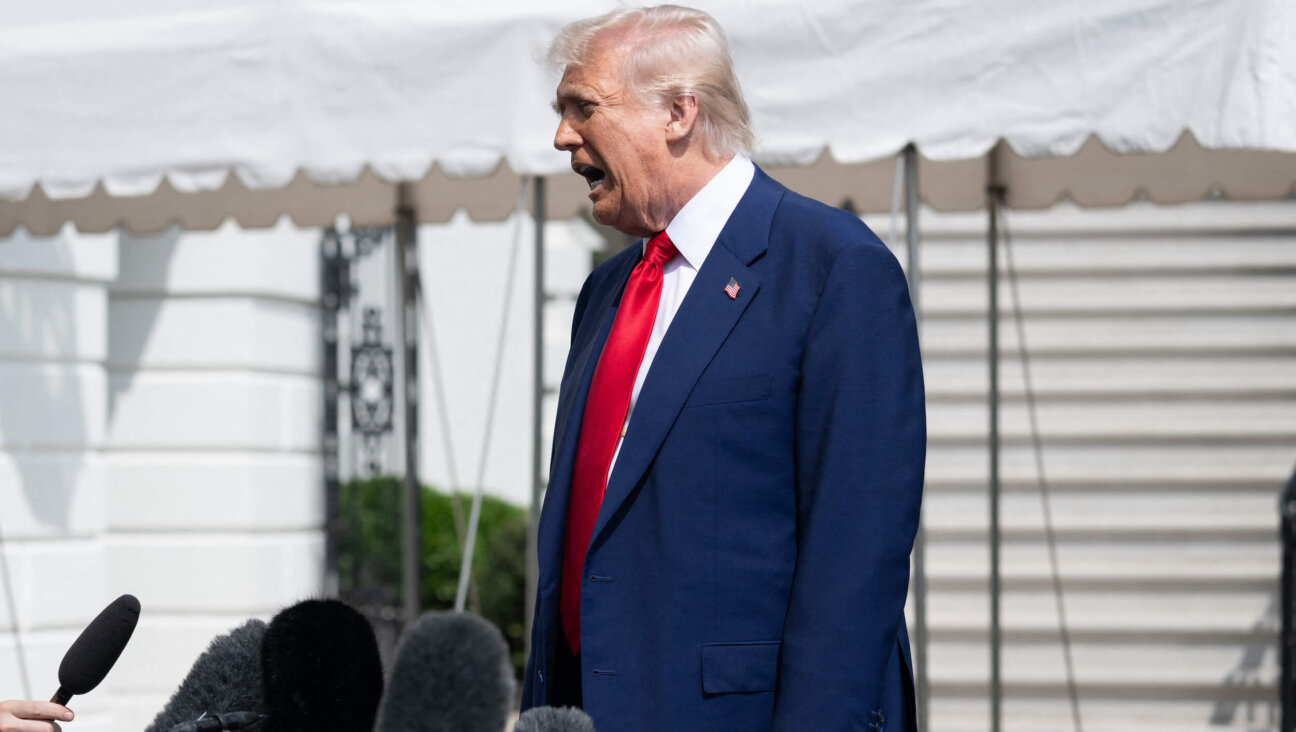
Opinion Trump’s Israel tariffs are a BDS dream come true — can Netanyahu make him rethink them?
- 2
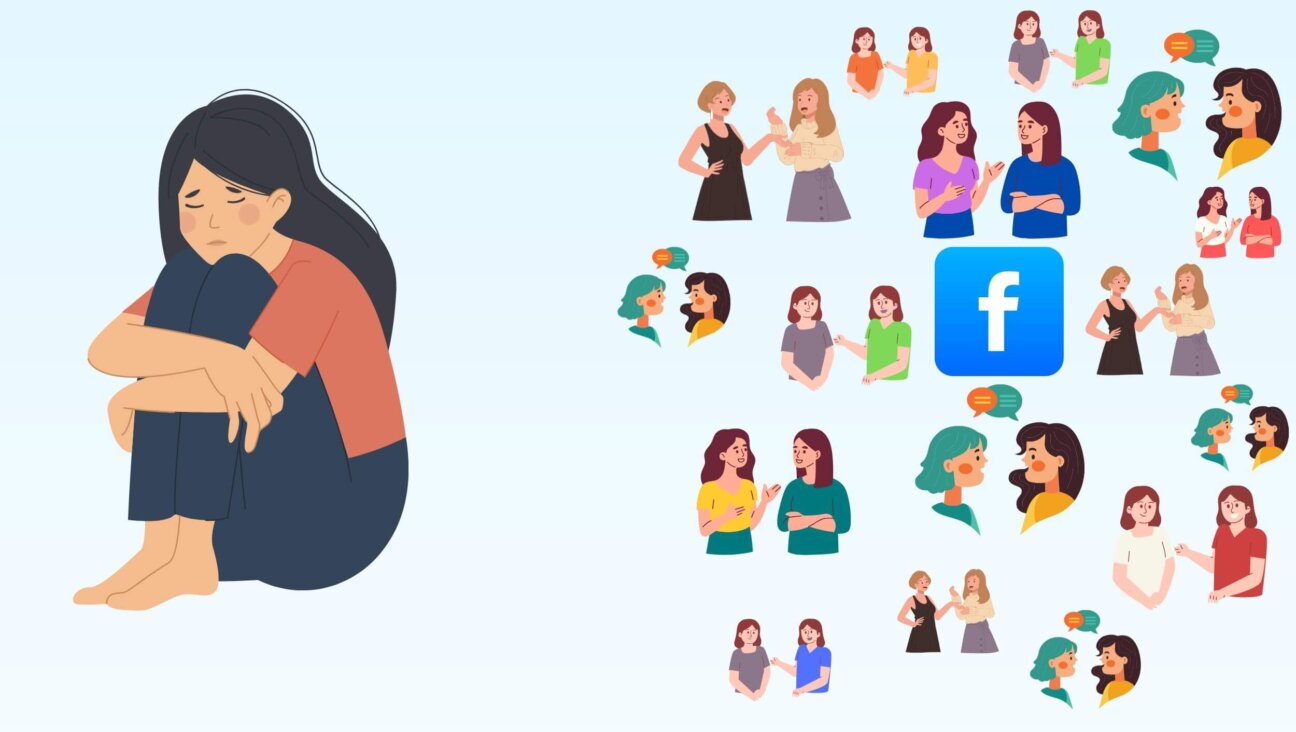
Opinion My Jewish moms group ousted me because I work for J Street. Is this what communal life has come to?
- 3

Opinion I co-wrote Biden’s antisemitism strategy. Trump is making the threat worse
- 4

Film & TV How Marlene Dietrich saved me — or maybe my twin sister — and helped inspire me to become a lifelong activist
In Case You Missed It
-
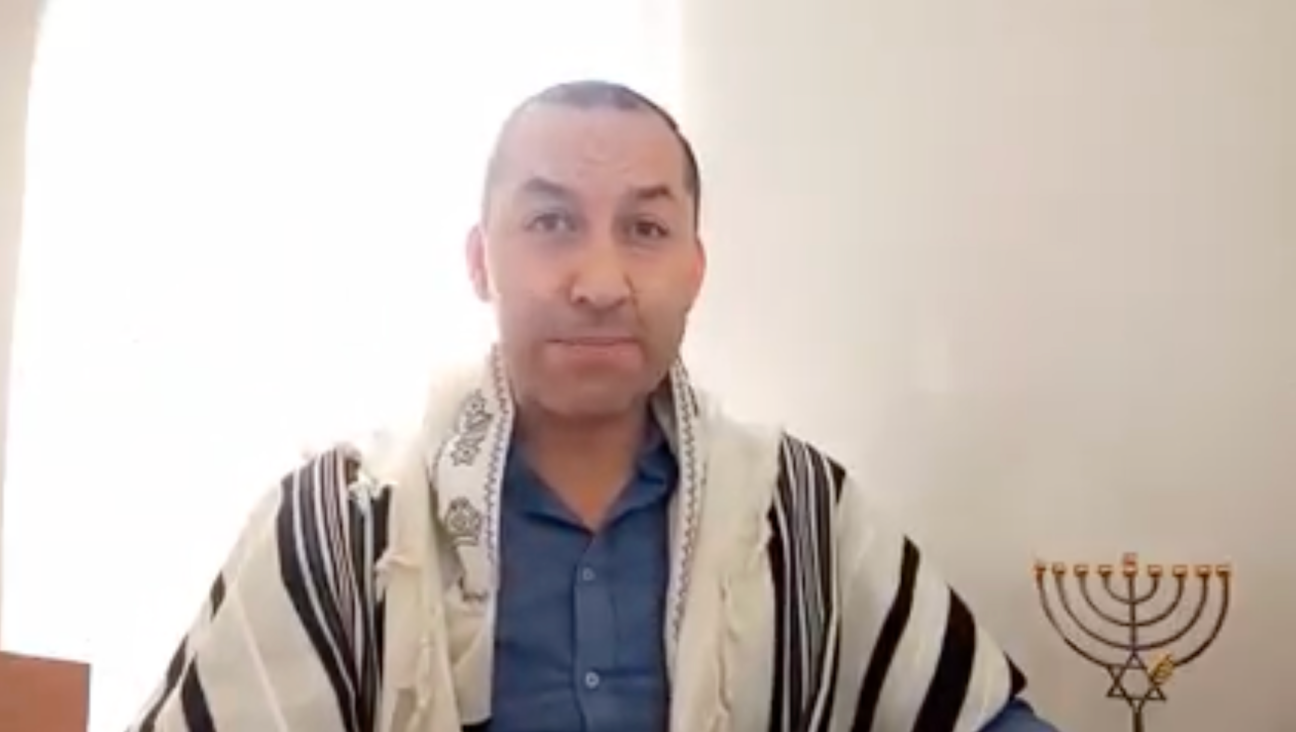
Fast Forward Colombia appoints allegedly fake anti-Zionist rabbi as director of religious affairs
-
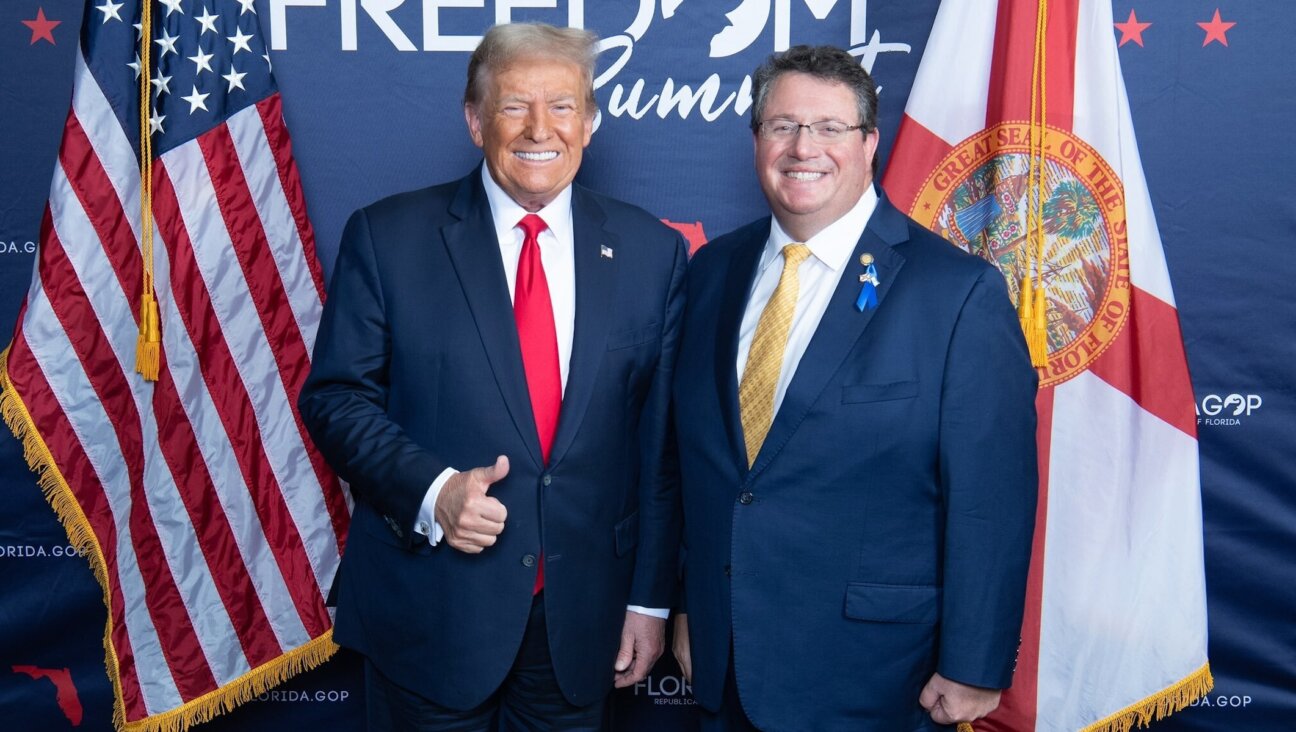
Fast Forward GOP Rep. Randy Fine, the newest Jewish congressman, calls Rashida Tlaib a ‘terrorist’
-
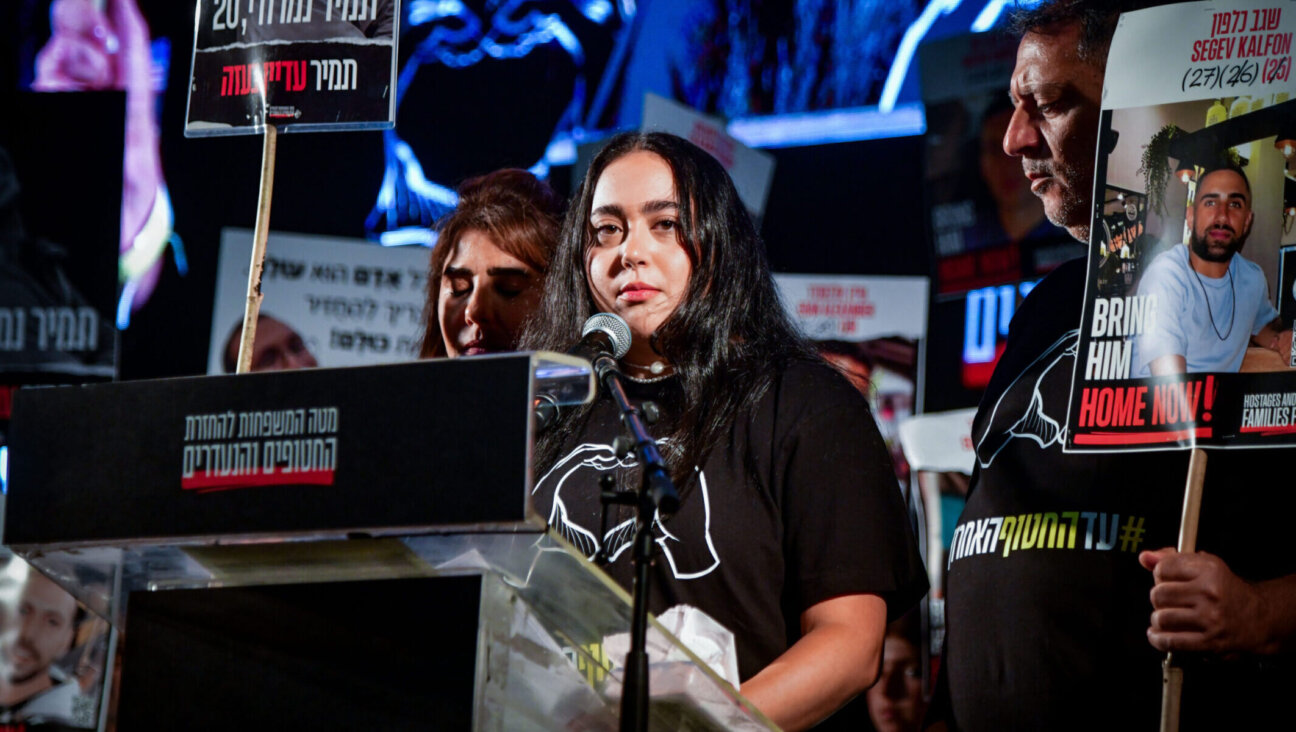
Fast Forward Freed hostage Liri Albag responds to backlash over Netanyahu criticism: ‘I fear what we have become’
-
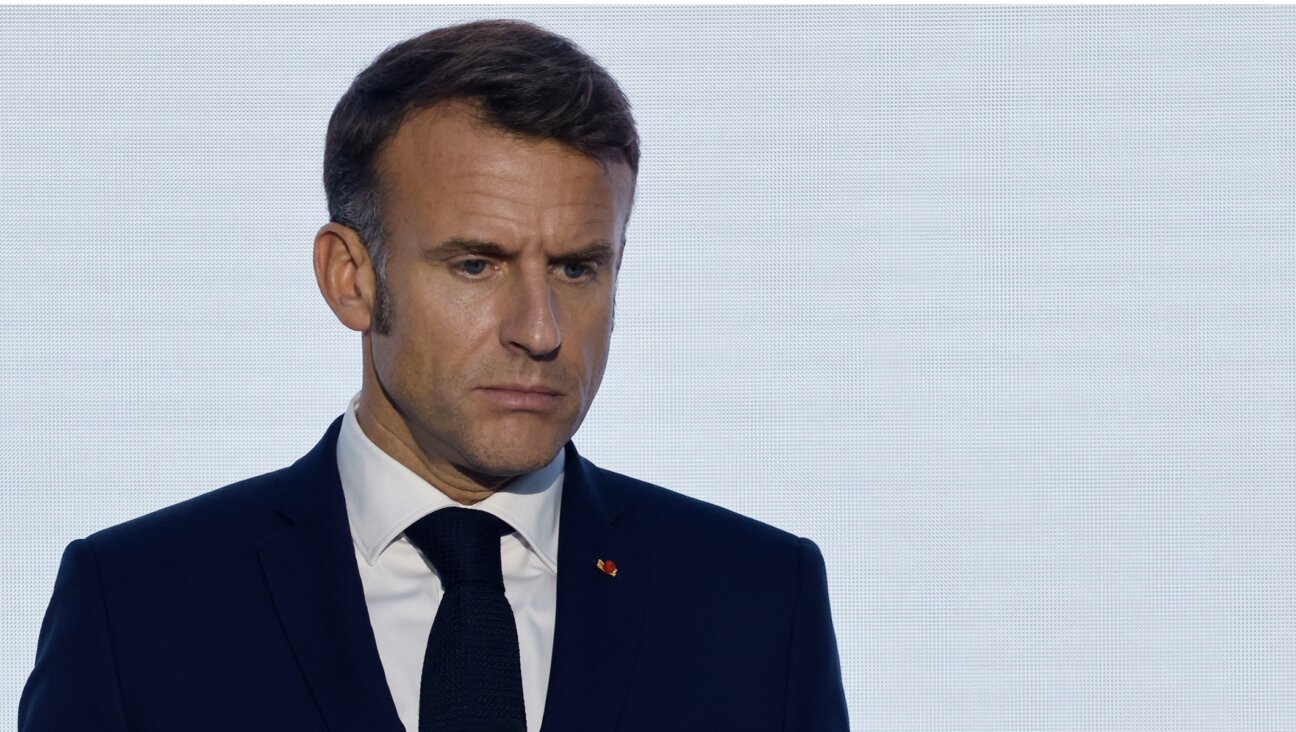
Fast Forward France will move to recognize a Palestinian state this year, Macron says
-
Shop the Forward Store
100% of profits support our journalism
Republish This Story
Please read before republishing
We’re happy to make this story available to republish for free, unless it originated with JTA, Haaretz or another publication (as indicated on the article) and as long as you follow our guidelines.
You must comply with the following:
- Credit the Forward
- Retain our pixel
- Preserve our canonical link in Google search
- Add a noindex tag in Google search
See our full guidelines for more information, and this guide for detail about canonical URLs.
To republish, copy the HTML by clicking on the yellow button to the right; it includes our tracking pixel, all paragraph styles and hyperlinks, the author byline and credit to the Forward. It does not include images; to avoid copyright violations, you must add them manually, following our guidelines. Please email us at [email protected], subject line “republish,” with any questions or to let us know what stories you’re picking up.
















